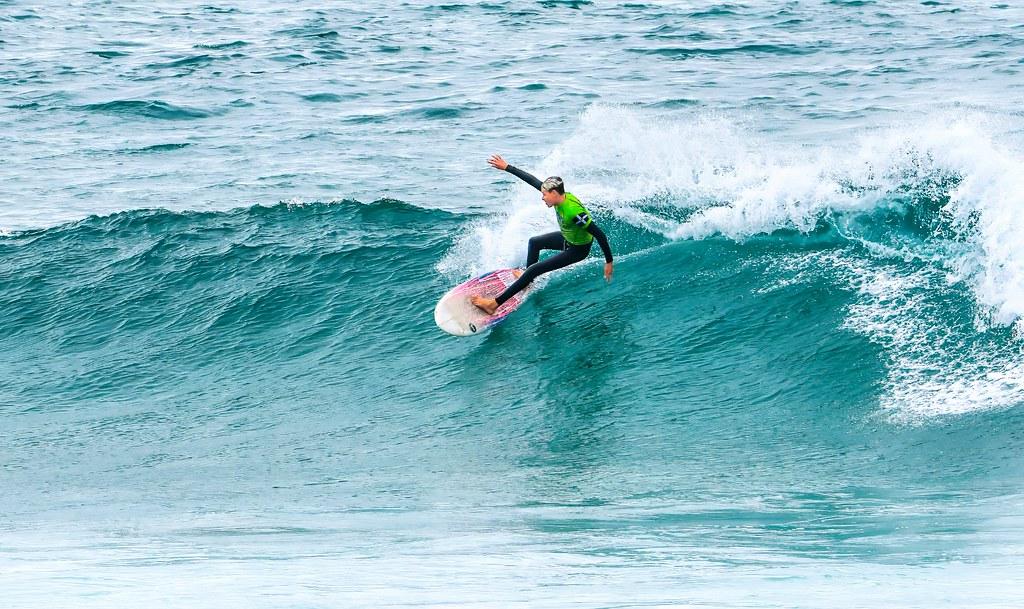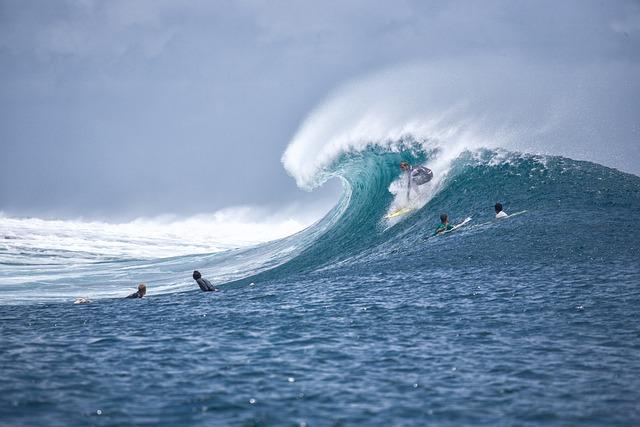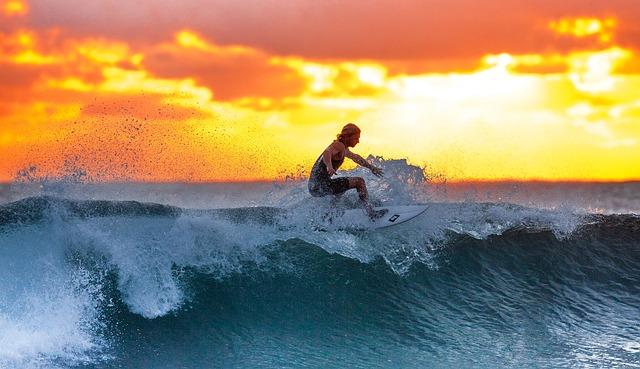Surfing, once a niche pastime confined to the sun-drenched shores of Hawaii, has evolved into a global phenomenon that transcends cultural and geographical boundaries. This exhilarating sport, which harmoniously blends athleticism with a profound connection to nature, has spawned a vibrant subculture that resonates from the beaches of Australia to the bustling cities of Europe and the diverse coastlines of Africa and Asia. As a testament to its widespread appeal, surfing has fostered a community that is as dynamic as the ocean waves themselves, characterized by its unique fashion, music, and lifestyle. This article delves into the intricacies of the surfing subculture, exploring its historical roots, the factors contributing to its worldwide popularity, and its enduring impact on both local communities and global trends. Through an authoritative examination of this captivating phenomenon, we uncover how surfing has become more than just a sport; it is a cultural force that continues to shape and inspire generations across the globe.
Evolution and Historical Roots of Surfing Culture
The origins of surfing trace back to ancient Polynesia, where it was more than just a sport; it was a profound cultural practice. Hawaiian royalty, in particular, were known to engage in surfing, which was considered the “sport of kings.” This deep connection to the ocean was both a form of worship and a testament to the Polynesians’ maritime prowess. As Europeans encountered this vibrant practice in the 18th century, they were both intrigued and mystified by the skill and grace of these early surfers. The art of wave riding, however, was not merely a pastime but a way of life that symbolized the harmonious relationship between humans and nature.
- Polynesian Heritage: Surfing was deeply interwoven with social status and spiritual beliefs.
- Western Discovery: Early European explorers documented the sport, marking the beginning of its spread beyond Polynesian shores.
- Cultural Renaissance: The 20th century saw a revival and global spread, transforming it into a counterculture movement in places like California and Australia.
In the modern era, surfing has evolved into a global phenomenon, melding the ancient Polynesian roots with contemporary influences from various subcultures around the world. Its journey from the shores of Hawaii to becoming a staple of coastal communities worldwide reflects a dynamic blend of tradition and innovation. Today, surfing is not only a sport but a lifestyle that continues to captivate and inspire millions across the globe, resonating with themes of freedom, exploration, and the relentless pursuit of the perfect wave.
Influence of Surfing on Global Fashion and Lifestyle
Surfing has transcended its roots as a niche water sport to become a major influence in global fashion and lifestyle. This transformation is evident in the way surf culture has inspired trends that prioritize comfort, functionality, and a laid-back aesthetic. Surf-inspired fashion has introduced a range of elements that have become staples in wardrobes worldwide, including loose-fitting garments, board shorts, and casual footwear like flip-flops and sneakers. Major fashion brands have embraced this aesthetic, launching collections that capture the essence of the beach lifestyle. The use of vibrant colors, tropical prints, and natural materials such as cotton and hemp are now prevalent in both high-end and streetwear fashion.
Beyond clothing, the lifestyle associated with surfing promotes values such as environmental awareness, adventure, and a sense of community. This has led to a rise in eco-friendly practices within the fashion industry, with many brands adopting sustainable materials and production processes to align with the ethos of the surfing community. The influence extends to everyday life, encouraging individuals to adopt a more relaxed and mindful approach to living. Key lifestyle elements inspired by surfing include:
- A strong connection to nature and outdoor activities.
- Mindfulness and balance in daily routines.
- Community-oriented initiatives that foster collaboration and inclusivity.
- Sustainability as a core value in consumer choices.
These elements have helped shape a global movement that champions authenticity and a deep respect for the natural world, proving that the influence of surfing extends far beyond the waves.

Environmental Impact and Sustainable Practices in Surfing
Surfing, an embodiment of freedom and a deep connection with nature, carries with it a responsibility towards environmental stewardship. As the sport garners a global following, the environmental impact of surfing becomes increasingly significant. Pollution from surfboards and wetsuits, primarily made from non-biodegradable materials like polyurethane and neoprene, contributes to the degradation of our oceans. Additionally, the carbon footprint associated with travel to surf destinations adds to the environmental burden. In response, a movement towards sustainable practices is gaining momentum within the surfing community.
- Eco-Friendly Surfboards: Innovators are designing boards using sustainable materials such as recycled foam, wood, and natural resins. These alternatives aim to reduce the ecological footprint while maintaining performance.
- Green Wetsuits: Companies are investing in neoprene-free wetsuits made from plant-based or recycled materials, offering surfers a more sustainable option without compromising on warmth or flexibility.
- Local Surfing: Emphasizing surfing at local spots reduces travel-related emissions and fosters a deeper connection with local environments.
- Beach Clean-Ups: Surf communities worldwide organize beach clean-ups, not only removing waste but also raising awareness about ocean conservation.
By adopting these sustainable practices, the surfing community can continue to enjoy the waves while ensuring the preservation of the natural environments they cherish. As surfers become more environmentally conscious, they set a precedent for other outdoor sports, illustrating how passion for a sport can coexist with a commitment to environmental responsibility.
Promoting Inclusivity and Diversity in the Surfing Community
The surfing community, while rooted in tradition and rich with history, is experiencing a significant shift towards a more inclusive and diverse environment. This transformation is crucial for the growth and sustainability of the sport. Surfing, once perceived as an exclusive domain dominated by a specific demographic, is now embracing a broader spectrum of participants. To foster this inclusivity, initiatives are being launched globally, focusing on accessibility and representation. Organizations are actively working to ensure that beaches and surf schools are welcoming spaces for everyone, regardless of their background or ability.
- Inclusive Competitions: Surf competitions are increasingly featuring diverse categories, encouraging participation from underrepresented groups.
- Community Programs: Local surf clubs are hosting workshops and events to introduce surfing to individuals from various cultural and socio-economic backgrounds.
- Education and Awareness: Surf schools are implementing training programs for instructors to understand and embrace cultural sensitivity and awareness.
- Media Representation: Surf media is gradually diversifying its content to include stories and achievements from surfers of different races, genders, and abilities.
By integrating these efforts, the surfing community is not only promoting a more equitable environment but also enriching the culture with a multitude of perspectives and experiences. This evolution not only benefits the sport but also strengthens the global sense of unity and respect for the ocean that surfing inherently embodies.










